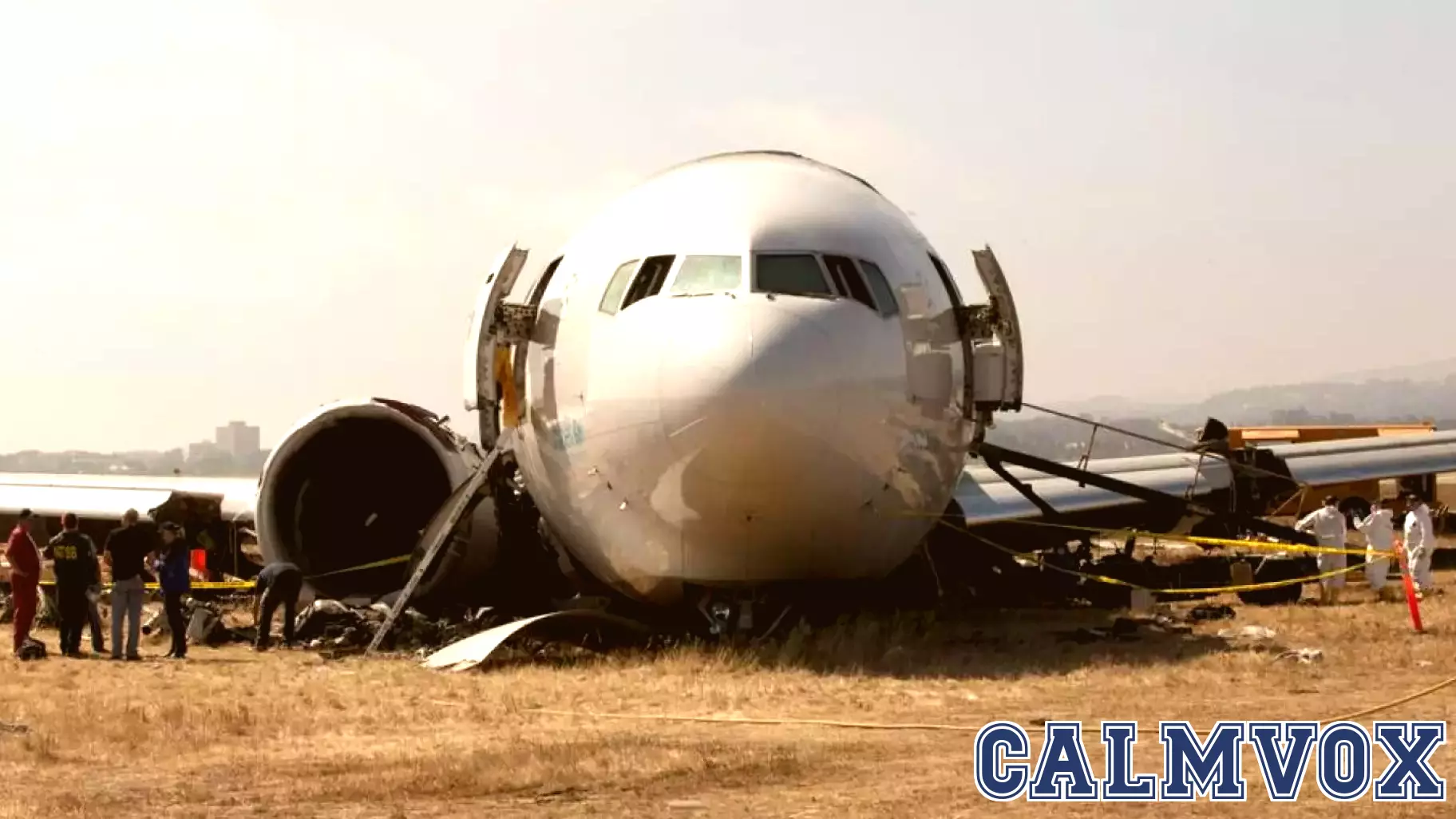The Skills Gap: Amateur Pilots in the U.S. Outperform Professionals in Korea
January 7, 2025 - 15:00

Recent discussions have highlighted a surprising trend in aviation skills between amateur pilots in the United States and their professional counterparts in South Korea. According to various reports, the average amateur pilot in the U.S. demonstrates superior hand-flying abilities compared to the average professional pilot in Korea.
This revelation raises questions about the training and experience levels of pilots in different regions. Hand-flying, which involves manually controlling the aircraft without the aid of autopilot systems, is a crucial skill for pilots. It not only reflects a pilot's proficiency but also their ability to respond effectively to in-flight challenges.
Experts suggest that the disparity may stem from the varying emphasis placed on manual flying skills during training programs. In the U.S., many flight schools prioritize hands-on experience, allowing amateur pilots to hone their skills in real-world scenarios. Conversely, South Korean training programs may focus more on automated systems, potentially leading to a reliance on technology over manual flying capabilities.
As the aviation community continues to evaluate these findings, it remains essential to foster a balanced approach to pilot training that emphasizes both manual flying skills and the effective use of technology.
MORE NEWS

December 1, 2025 - 03:17
The Hidden Dangers of Rapid ADHD Solutions for ChildrenIn recent years, the rush to provide quick fixes for children diagnosed with ADHD has led to alarming trends in treatment practices. While medication can offer immediate relief for symptoms, it...

November 30, 2025 - 04:27
Bath Lovers: Uncovering the Unique Personality Traits Behind the PreferenceIf you`re the type who fills up the tub instead of jumping in the shower, you probably process emotions in ways most people avoid. Recent psychological insights suggest that individuals who prefer...

November 29, 2025 - 10:17
Emotional Memory: Understanding Why We Remember Feelings Over FactsIf your brain clings to emotional scenes and drops neutral facts, you are not broken, flaky, or doomed. Recent psychological research sheds light on why some individuals have a tendency to remember...

November 28, 2025 - 23:40
Rediscovering Childhood Hobbies for Adult WellbeingSome of the best things for adult wellbeing are activities we abandoned after elementary school. As we grow older, many individuals often leave behind hobbies that once brought them joy and...